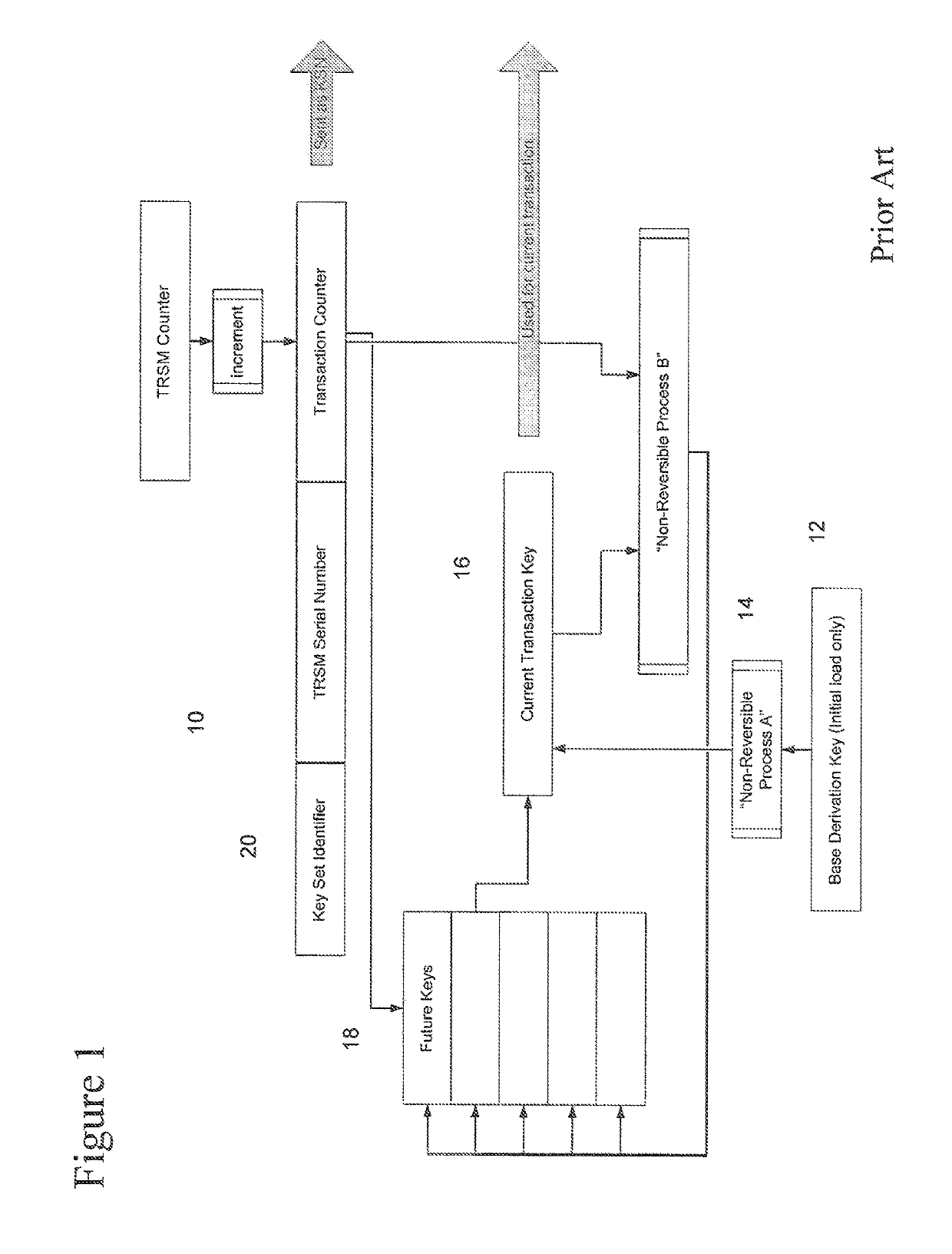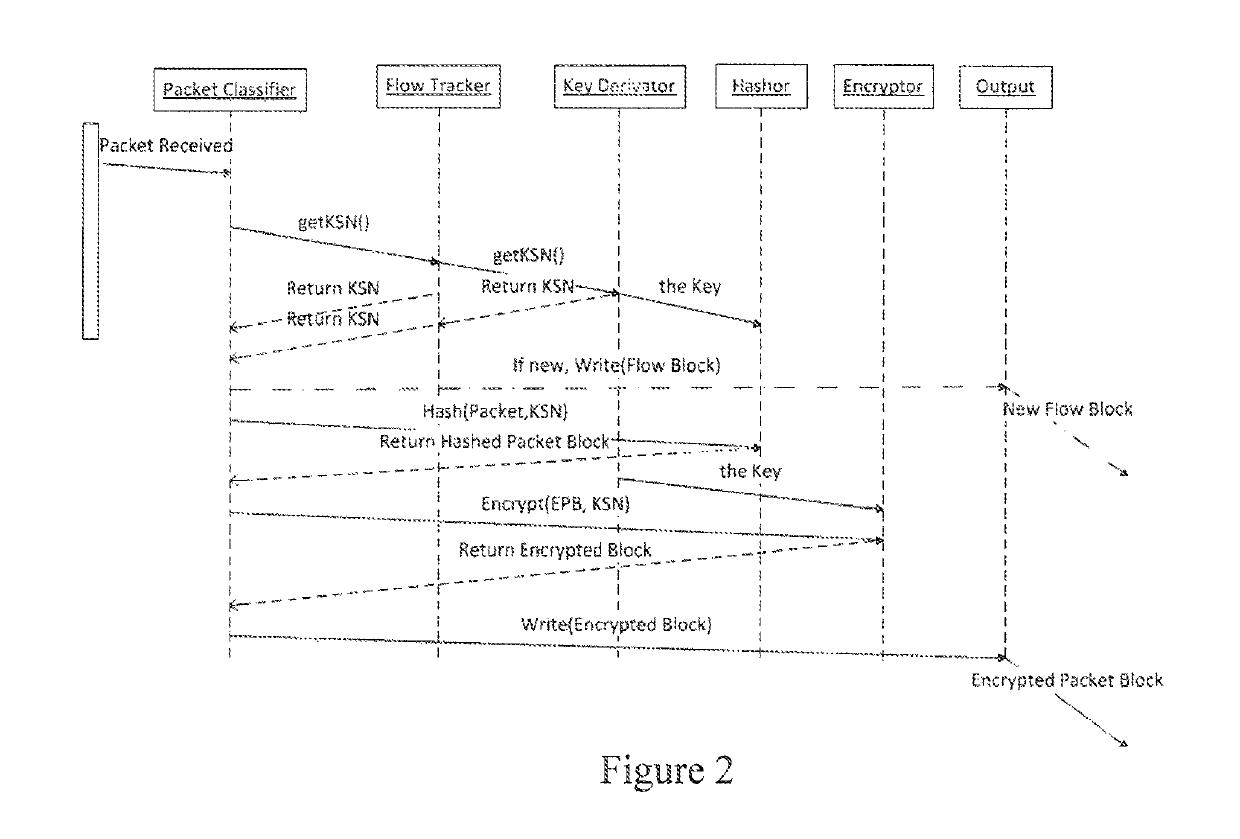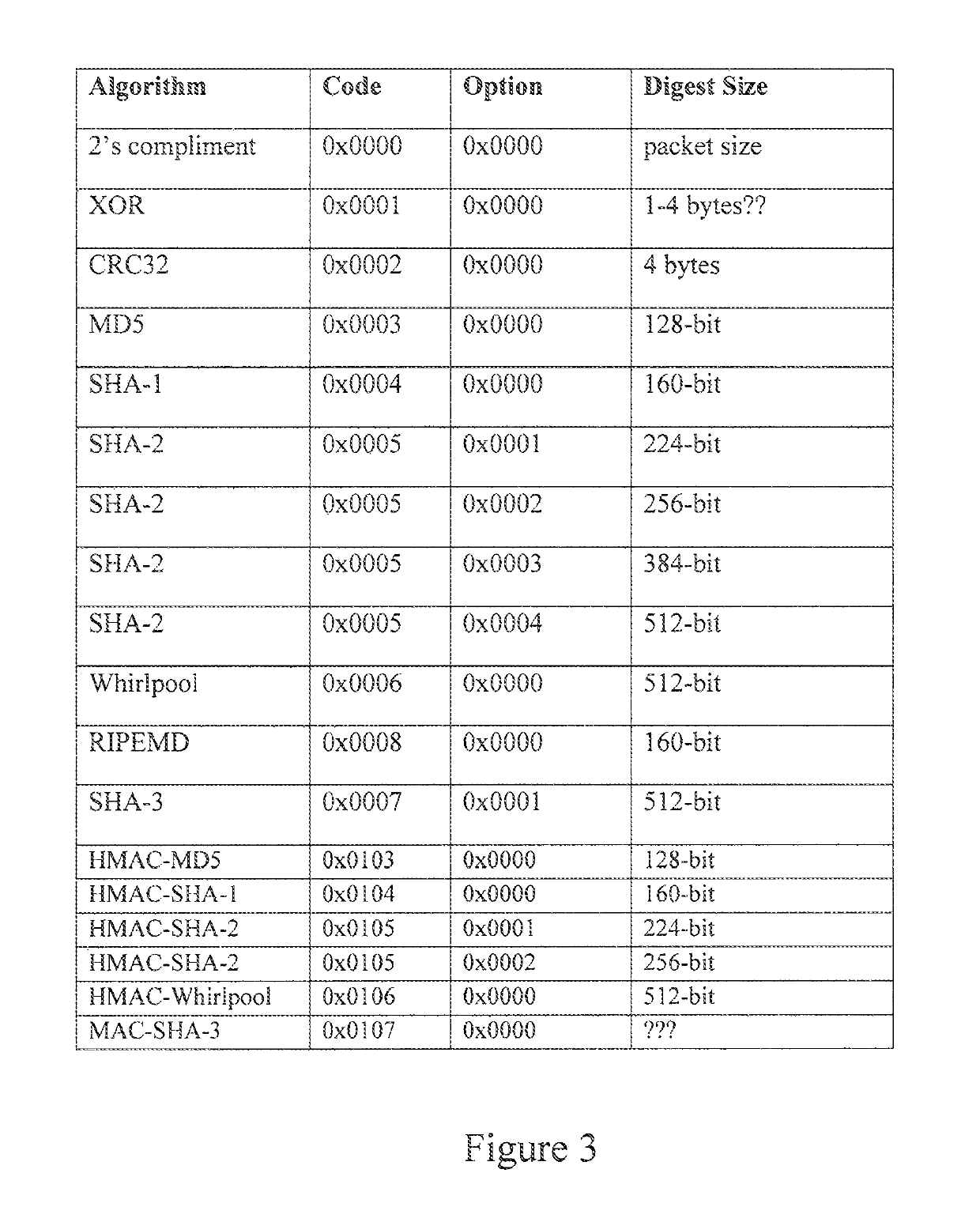In fact, “the
right to privacy” is often a difficult right to succinctly define and, hence, has generated much debate.
Though privacy of citizens and, in general, of the “private sector” has not always been guaranteed in so-called free societies, violations of individuals' privacy have always been a part of totalitarian regimes in non-free societies.
Such information, in the wrong hands, can be used to
commit fraud or extortion, or simply for harassment and discrimination.
Now more than ever, it is too easy to erode personal privacy in irreversible ways, as more and more data is generated, collected, stored digitally, and ultimately leaked.
There is very little that we are able to do without a network.
This creates an inherent
vulnerability to attackers and malicious users, as well as negligent employees and misconfigured security systems that place data at risk of
exposure through network-based attacks.
However, with all the advantages of using an
open standard for network traffic recordings come the additional challenges to preserving privacy of the network sessions of innocent people on these same networks.
Although pcap has been widely adopted, users and developers have complained of several key features which seem to be missing.
The greatest challenges arise when pcap files from multiple recording sessions or different observation points on the network must be merged.
The first problem occurs if the operating systems used to create the captures differ in endian-ness (i.e. the order of the sent and received
byte streams.
So, it is not generally possible to merge packet capture files from a Solaris SPARC system with a Linux x86 system, for example.
Also, the pcap file lacks information regarding the recording environment parameters, such as limited snapshot length that may lead to packets being cropped from their original size.
While this has been adequate for many LAN networks over the years, as analysts begin to monitor 1 Gbps and 10 Gbps (and faster)
Ethernet networks, this
time resolution is woefully inadequate to provide the true chronological order of many frames that would appear to have arrived simultaneously.
However, the sheer volume of network traffic often makes the review of every individual
packet payload impractical.
However, it falls short when trying to group related ICMP or ARP traffic, traffic treated with MPLS labeling schemes, different types of streaming or
multicast traffic, or fragments that may not include the original packet header distinguishing port numbers.
Connectionless application sessions, such as HTTP
web traffic, present another issue for flow identification.
Few, however, understand the intricacies of the various
encryption options available, and fewer still seem to understand how the management, sharing, and protection of
encryption keys can easily lead to security compromises if not performed with due care.
This would not be possible if the approach of providing a hash for the entire captured file were taken.
Moreover, asymmetric encryption must be done on fixed block sizes and is not easily performed on
variable length streams of data.
This can be overcome by padding all packets to be encrypted to their maximum allowable size, but this is highly inefficient.
This does not provide for a more granular approach to encrypting separate network streams separately.
There is also the problem of key reuse.
There are several schemes for producing such a
stream, but few will provide a solution that meets the other requirements.
The most complicated problem when discussing encryption solutions for network recordings is
key management.
Once it is clear that many keys will need to be produced to support encryption of multiple network streams and recordings, how to manage these keys securely becomes the next challenge.
This is an often overlooked problem of effective use of encryption.
Hence, keys may be destroyed after they are generated and used for encryption.
First, there is a significant speed difference if using dedicated hardware to process the data.
The hardware consists of both physical protections and logical protections, which make successful tampering or extraction of key material difficult and improbable (though likely never impossible).
That is, if the hardware logic becomes aware of an attempt to copy material from the device or to modify data in the memory of the device, key material is destroyed and counters or security parameters are reset or “zeroed.” More importantly, if key material is stolen from one device, an attempt to inject it into another similar device for decryption of captured data will result in it being irreversibly altered and thus rendered useless.
Tamper detection shall be active regardless of the power state of the TRSM.The TRSM is constructed with physical barriers that make successful tampering infeasible.The TRSM is sufficiently resistant to tampering that successful tampering requires an
extended time, such that the absence of the TRSM from its authorized location, or its subsequent return to this location, has a
high probability of being detected before the device is (again) used for cryptographic operations.The TRSM is constructed in such a way that successful tampering will cause visible damage to the device that has a
high probability of being noted after the device has been returned to its authorized location but before it is (again) used for cryptographic operations.
This can be thought of as unsecured for the purpose of protecting these sensitive recordings from prying eyes that may otherwise have access to the
data center (e.g., system administrators, support personnel, vendors performing maintenance, outside law
enforcement personnel, etc.).
There is greater risk in concentrating all of this potential in one place.
This is an ostensibly straight-forward approach, but in practice it presents many challenges.
By design, the hardware module makes an irreversible logical change to the initializing key, such that any future
recovery of the key used to encrypt data will not actually produce a key that can be used on another device.
 Login to View More
Login to View More  Login to View More
Login to View More 


